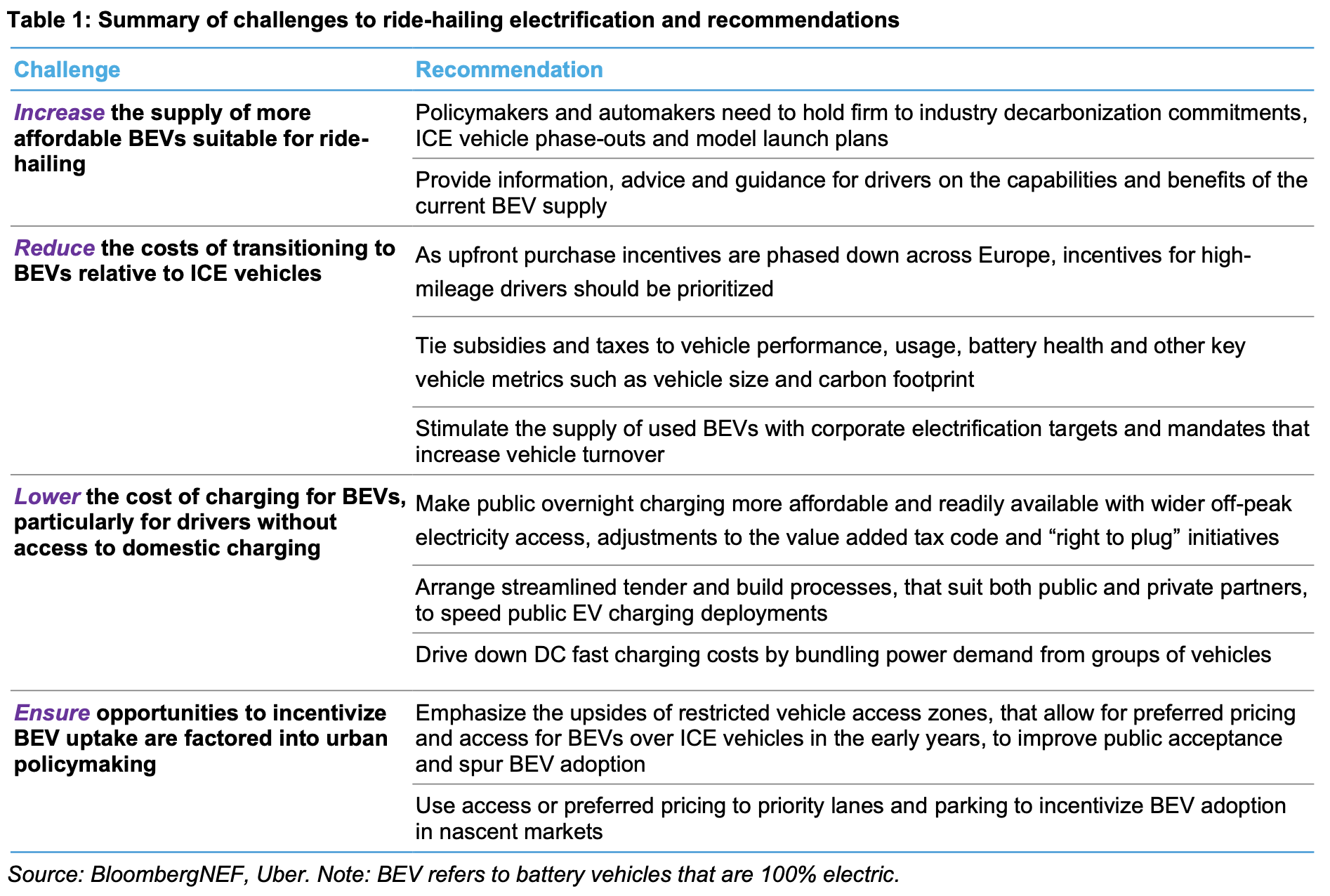Driving the Next Phase of Electric Mobility in Europe

European governments and industry players have laid down the groundwork for this monumental shift through initiatives such as the EU Green Deal and the UK’s zero-emission vehicle (ZEV) mandate. These bold plans, accompanied by automakers’ commitments to electrify their fleets, have set the stage for a future where electric mobility is the norm rather than the exception. Despite these efforts, obstacles such as economic hurdles, the variability of the EV market, and the adequacy of charging infrastructure pose significant challenges to achieving the decarbonisation targets set for the transport sector.
One of the most promising routes for accelerating the transition to electric mobility lies in the electrification of the ride-hailing sector. Companies like Uber have already begun to lead the charge, setting ambitious goals for the adoption of zero-emission vehicles in their fleets. This focus is not without reason; ride-hailing vehicles, which are used far more intensively than personal cars, represent a significant opportunity to maximise the impact of the shift to electric vehicles. The adoption of EVs in this sector not only reduces emissions but also serves as a crucial touchpoint for potential EV adopters, offering many their first experience with electric transport.
The path to widespread electric mobility, however, is not without its challenges. These include increasing the supply of affordable BEVs suitable for intensive use in ride-hailing, making the economic case for transitioning from internal combustion engine vehicles to BEVs more compelling, and addressing the infrastructure needs to support this transition. Moreover, the electrification effort must be integrated into urban policy-making, leveraging incentives and regulations to encourage the adoption of electric vehicles.
To navigate these challenges, a multifaceted approach is required—one that involves consistent regulatory frameworks, targeted incentives, and strategic investments in charging infrastructure. Policymakers and industry stakeholders must work together to ensure that the supply of electric vehicles meets the growing demand, particularly for vehicles that are both affordable and suitable for the high demands of ride-hailing service. Additionally, efforts to make charging more accessible and affordable, especially for drivers without the ability to charge at home, will be crucial in supporting the transition.
The benefits of a successful transition to electric mobility extend far beyond the reduction of emissions. They include improved urban air quality, reduced dependence on fossil fuels, and the opportunity to lead in the burgeoning EV technology and services market. However, realising these benefits requires not just technological innovation but also significant changes in policy, infrastructure, and public perception.
As Europe continues to drive the next phase of electric mobility, the lessons learned and successes achieved will undoubtedly serve as a model for other regions. The journey towards a more sustainable and environmentally friendly transport sector is complex and challenging, but with concerted effort and collaboration, it is within reach. The transition to electric mobility is not just an environmental imperative but an opportunity to redefine urban mobility for the better, creating more sustainable, healthier, and more liveable cities for future generations.
Source: Driving the next phase of e-Mobility in Europe | BloombergNEF



